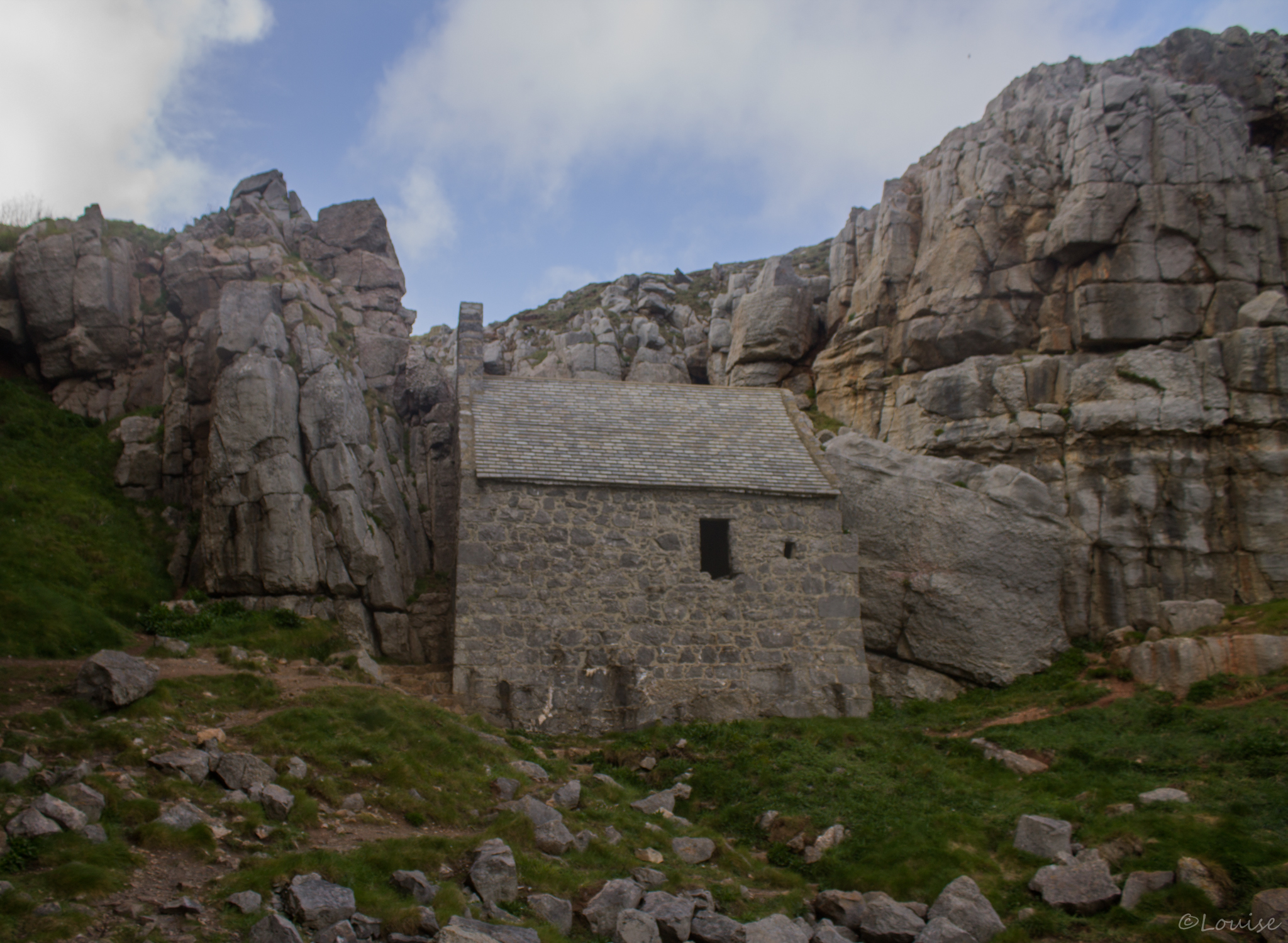Solo travel, especially for female travellers has become a niche market as there are great opportunities and benefits associated with travelling independently. But, my decision to travel solo for an upcoming vacation to Wales wasn’t as much of a choice as it was a circumstance of my marriage ending. The ending part that came as a complete surprise, a never in my life did I see that coming, type of blow your socks off, life altering, ending. You see, I wasn’t worried about the travelling alone part but I was worried about the feeling lonely part. I had felt lonely often since my marriage ended and wasn’t sure how I would fare in those moments being lonely and alone in another Country. So I decided to plan my vacation itinerary like I had never planned anything before, minimizing down time to minimize potential lonely time.
On the fifth day of my travels I was exploring the Region of Pembrokeshire and my schedule that day was particularly ambitious. It wasn’t until I was being ushered out of Pembroke Castle because it was closing time that I realized it was late in the day. But my schedule was not complete and next on my itinerary I had planned a visit to St. Govan’s Chapel. St. Govan was a 6th century hermit who established a cell for himself on what was described as a “lonely spot within the cliffs” that was rebuilt as a small Chapel in the 13th century. I knew there were no formal admission times to the Chapel but access to the site through military land was limited depending whether or not the firing range was open or closed. Given that access to the Chapel was uncertain and it was already the end of a long day, I felt certain in that moment that if I was travelling with anyone else, the decision would be, without a doubt, to stop. But I wasn’t travelling with anyone else. This was the moment that the decision to continue or not was entirely mine.
I promptly left the castle, navigated the driving route in my rental car and arrived at the entranceway to the road that cut through the military land. There were signs posted explaining the flag system indicating if there was active firing at the range. It was hard to know for sure and there were no signs of other tourists. I stepped on the gas and “gunned” it across the field at break neck speed, as if that would help if there was active firing! When I made it successfully to the other side of the military land, I parked in the designated area and found the pathway that led to 52 stone steps from the top of the cliffs down to the Chapel.
On the way down the steps you can see the roof of the tiny chapel and then arrive at a little doorway on the north side to enter the Chapel. It was humbling to be in this small space with so much history. But in order to get a true appreciation of its location you need to walk out of the interior, south of the chapel and onto the ragged rocks to the edge of the cliffs. It is at that moment, looking south, watching the waves smashing up against the cliffs and the salt spray misting my face that I was in complete awe.
The view itself from the cliffs was spectacular and that alone was more than worth the visit to this site. But then I turned around and looked behind me, north, to the small fissure in the cliffs where St. Govan chose a life, alone, secluded, establishing his cell and where the tiny chapel now stood. Standing on those cliffs between waves and a chapel, built in what seems the most inconceivable location,I had my moment. The moment when there is a surge of emotion about what is lost but what could be gained and recognizing that getting to this moment happened because of me. Me, alone, visiting the former home of a hermit at a “lonely spot within the cliffs”. Me, alone, feeling intense gratitude for this opportunity. Me, alone, but not in the least bit lonely.

